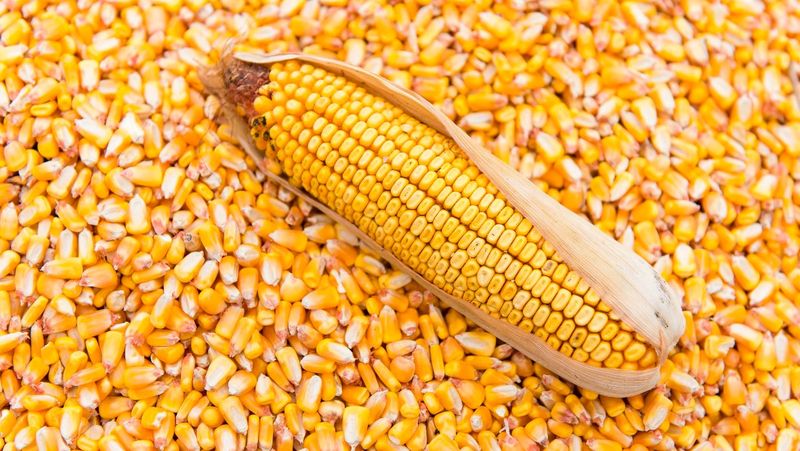Brazil: Goiás and Minas Gerais need urgent rains to corn

Brazilian corn crops developed well in March, with the planting finished and good weather conditions in most regions. However, Goiás, Minas Gerais and Bahia did not confirm some rains forecast for late March and early April, generating an initial concern in locations where there is little soil water reserve. Without rains for the next few days, there may be some situation of premature cut in the production potential of these regions. Meanwhile, Brazilian growers continue to seek the sale of corn and retention of soybeans and, with that, the market tries to regain export liquidity.
The Brazilian second crop is progressing in good condition after having practically ended the planting, except for Matopiba. The development is regular and favorable in most second-crop locations. Some crops are entering the pollination stage, the vast majority will enter at the end of the month, and the later ones only in May. Therefore, we have at least sixty days of weather ahead to define the production of the 2022 second crop.
But there is a region that is beginning to show signs of water stress and problems for crops. Central Goiás to northern Minas Gerais, a very important area in the production of the second crop, has not received good levels of precipitation for the last 10 days. It has not rained in the center-north of Minas Gerais for over 15 days. The crops are still in full development and need urgent rains. If April remains dry, widespread losses may occur in this region. Weather reports point to rains this week in these locations. Therefore, attention begins to emerge early for this 2022 second crop.
Meanwhile, soybean prices dropped rapidly, and producers continued not to sell soybeans in more significant volumes. The sales pressure on corn continues, and consumers are now looking to tighten the domestic price to port levels to avoid any upward movement before the corn harvest. Sellers, without strong liquidity amid domestic buyers due to prices at very low levels for the time of year, seek export liquidity. However, this demand is not so strong for May shipments, with prices at BRL 90/91 at ports and BRL 87/88 for June onward.
Now, the summer crop from Minas Gerais and Goiás begins to arrive. Warehouses are full of soybeans, and growers will need to make room for corn. This situation dropped prices in Minas Gerais from BRL 90/95 in March to BRL 80/85 in early April. As the producer’s focus is to continue selling corn, in need of liquidity or space in warehouses, corn will need something new to improve prices. A recovery in export demand, some exchange rate improvement, or a more worrying situation with the US crop are indicators that must be observed.
Exports registered in March begin to appear in corn line-ups. So, some wonder if the production or stocks data are correct, but the big difference between 2021 and 2022 is that the second crop is more likely to arrive earlier than normal and reduce the supply stress in the first half of the year. We can add the exaggerated interest of growers in retaining soybeans and, with that, increase corn sales to keep space free for the entry of the second crop in June. For this reason, it seems that the market has more supply than it should have, but what we actually have is selling pressure and a shorter off-season.
Read also
Wheat in Southern Brazil Impacted by Dry Weather and Frosts
Oilseed Industry. Leaders and Strategies in the Times of a Great Change
Black Sea & Danube Region: Oilseed and Vegoil Markets Within Ongoing Transfor...
Serbia. The drought will cause extremely high losses for farmers this year
2023/24 Safrinha Corn in Brazil 91% Harvested
Write to us
Our manager will contact you soon



